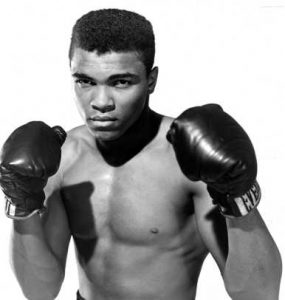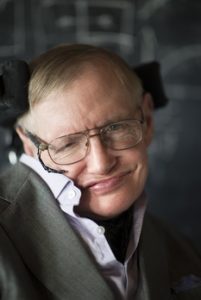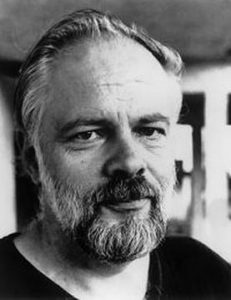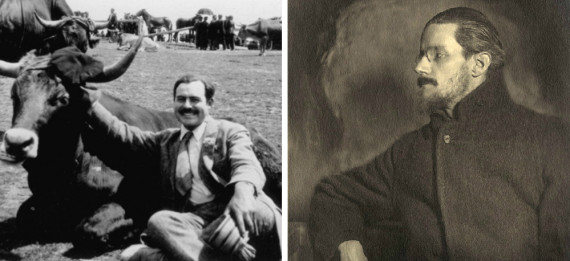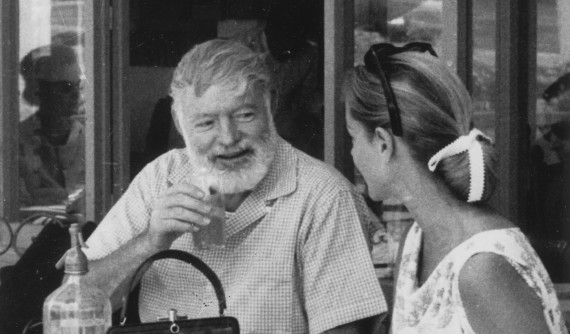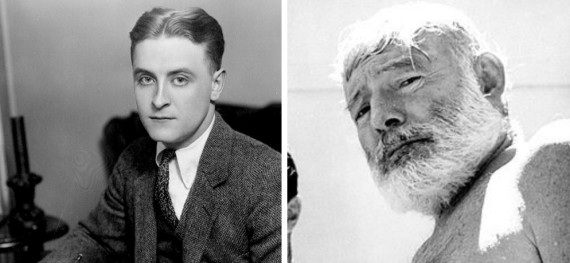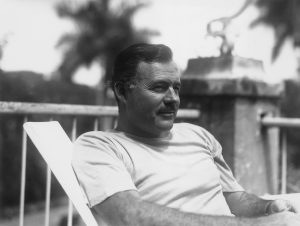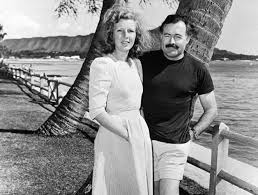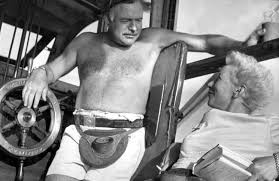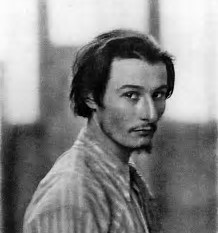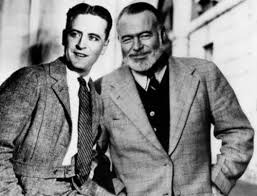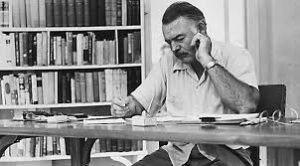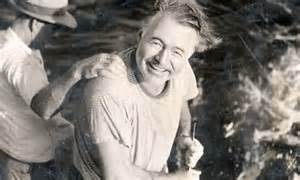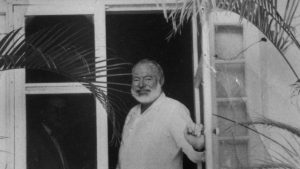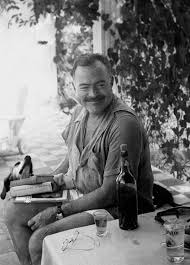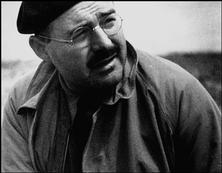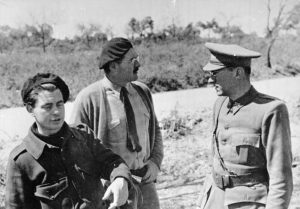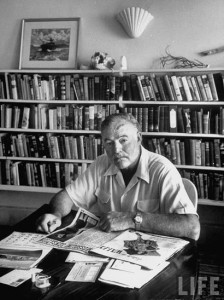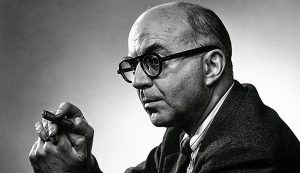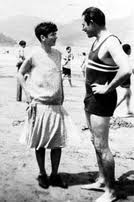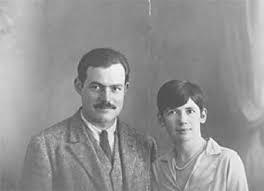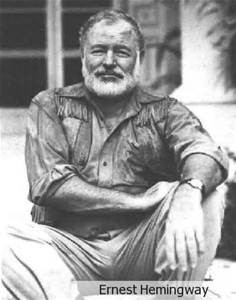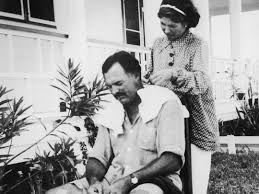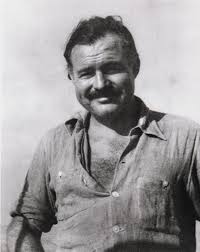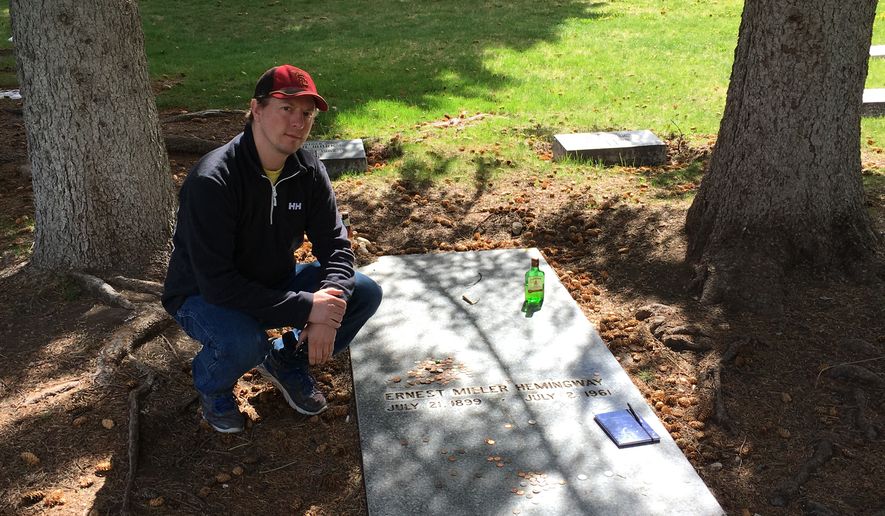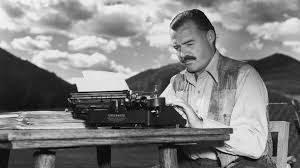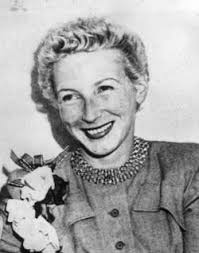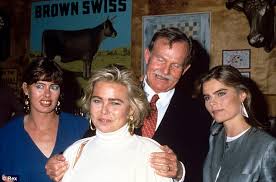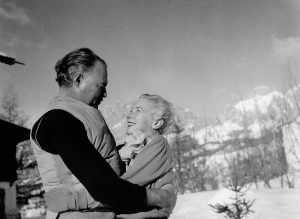I enjoyed this and added the media. Thank you as always for reading this blog. Best, Christine
Speaking Words Of Wisdom …
During the past year, I had a desktop calendar delivering me (mostly) daily doses of the “365 Greatest Things Ever Said.” While I could dispute the breadth of that claim, I did hang onto several items that struck a chord with me.
I’ll share a few of those words of wisdom with you:
“Unless you’re ashamed of yourself now and then, you’re not honest.” — writer William Faulkner.
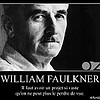
• “The best advice I’ve ever received is, ‘No one else knows what they’re doing either.’” — comedian Ricky Gervais.
• “In real life, the hardest aspect of the battle between good and evil is determining which is which.” — writer George R.R. Martin.
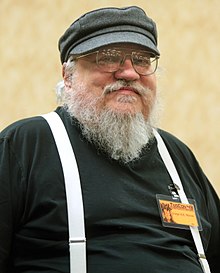
“Insane people are always sure they’re just fine. It’s only the sane people who are willing to admit they’re crazy.” — writer Nora Ephron.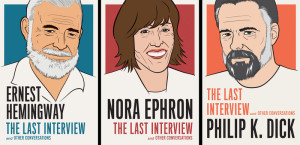
“We must believe in luck. For how else can we explain the success of those we don’t like?” — writer/filmmaker Jean Cocteau.
“It is more fun to talk with someone who doesn’t use long, difficult words but rather short, easy words like ‘What’s for lunch?’” — writer A.A. Milne.
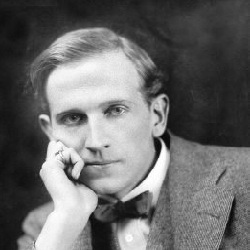
“When you’re right, nobody remembers. When you’re wrong, nobody forgets.” — boxer Muhammad Ali
“Always do sober what you said you’d do drunk. That will teach you to shut your mouth.” — writer Ernest Hemingway.
“Never let your sense of morals prevent you from doing what is right.” — writer Isaac Asimov.

“Never eat at a place called Mom’s. Never play cards with a man named Doc. And never lay down with (someone) who’s got more troubles than you.” — writer Nelson Algren.
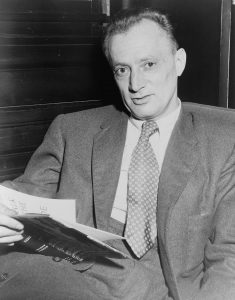
• “Honesty may be the best policy, but it’s important to remember that apparently, by elimination, dishonesty is the second-best policy.” — comedian George Carlin

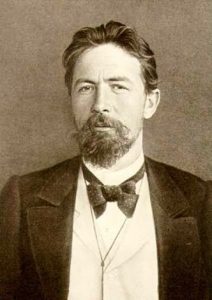
• “Love, friendship, respect do not unite people as much as a common hatred of something.” — writer Anton Chekov
•“You’re mad, bonkers, completely off your head. But I’ll tell you a secret. All the best people are.” — writer Lewis Carroll.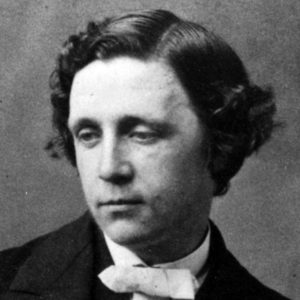
• “I am so clever that sometimes I don’t understand a single word of what I’m saying.” — writer Oscar Wilde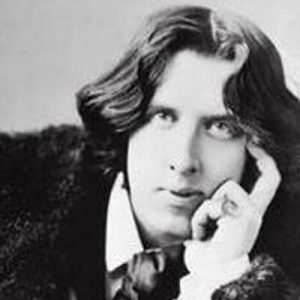
• “Character consists of what you do on the third and fourth tries.” — writer James. A. Michener.
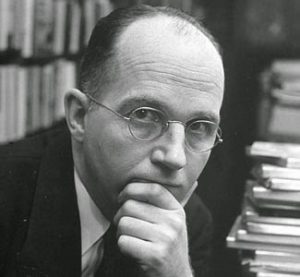
• “Love your Enemies, for they tell you your Faults.” — statesman Benjamin Franklin.
• “I believe in looking reality straight in the eye and denying it.” — humorist/writer Garrison Keillor.
• And finally, if you crave something truly practical to take into 2018, consider these words from poet Maya Angelou: “History, despite its wrenching pain, cannot be unlived, but if faced with courage, need not be lived again.
Follow @kelly_hertz on Twitter.

